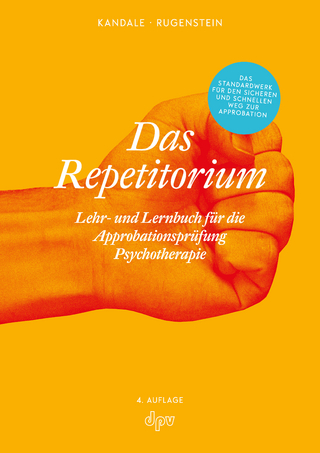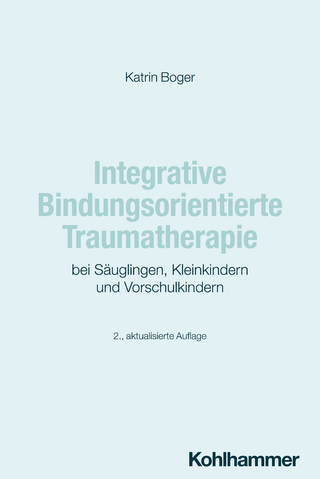
Family-Focused Treatment for Child and Adolescent Mental Health
Routledge (Verlag)
978-1-032-50199-4 (ISBN)
Based on over 40 years of research, it has been shown that involving the entire family in treatment is effective. However, family therapy is still not used as a first line of treatment. Paul Sunseri explains and explores why family-based approaches should be used with struggling young people and how this can be applied in practice. Chapters discuss the causes, contributors, and social determinants for the rise in childhood mental illness and provide empirical evidence and treatments for working with children and adolescents suffering from self-harm, suicidal ideation, anxiety, anger, and depression. Filled with case studies throughout, the book also touches on mitigating the effects of screen time in our increasingly technological lives and interventions to help reluctant children participate in therapy. This book will be invaluable reading for graduate-level students, clinicians in training, and fully licensed clinicians, such as psychologists, psychiatrists, marriage and family therapists, and clinical social workers.
The book is also a practical resource for parents and other caregivers; it pulls back the curtain on therapy and teaches parents exactly what to do to best love and support their child at a time when they need it the most.
Paul Sunseri, PsyD, is a clinical psychologist who treats children and adolescents with serious mental health conditions. He has conducted research demonstrating the important role that families play in treating childhood mental illness. Dr. Sunseri is the developer of Intensive Family-Focused Therapy (IFFT), a family-based form of mental health care, in the United States.
Part I: What In the World is Going On and Where Does Change Begin?
Chapter 1: Causes and Known Contributors to the Rise in Childhood Mental Illness
Chapter 2: Lesser Known But Likely More Impactful Causes and Contributors
Chapter 3: Righting the Ship: Getting Families Back on Course
Chapter 4: The Case for Family-Focused Treatment
Chapter 5: Intensive Family-Focused Therapy (IFFT)
Part II: Treating Suicide and Self-Harm
Chapter 6: Suicide and Self-Harm: Prevalence, Evidence-Based Treatments, and the Role of Family and Situations
Chapter 7: The Treatment of Suicide and Self-Harm from a Family-Focused Perspective
Chapter 8: Case Example of Treating Self-Harm: The Girl Who Wouldn’t Stop Hurting Herself
Part III: Treating Social Isolation and Anxious Avoidance
Chapter 9: Anxious Avoidance: Prevalence, Evidence-Based Treatments, and the Role of Family and Situations
Chapter 10: The Treatment of Anxious Avoidance from a Family-Focused Perspective
Chapter 11: Case Example of Treating Anxious Avoidance: The Boy Who Disappeared
Part IV: Directions for the Future
Chapter 12: An 18-Item, Research-Informed Plan for Reversing the Child and Adolescent Mental Health Crisis
| Erscheinungsdatum | 28.12.2023 |
|---|---|
| Zusatzinfo | 1 Tables, black and white; 9 Line drawings, black and white; 9 Illustrations, black and white |
| Verlagsort | London |
| Sprache | englisch |
| Maße | 152 x 229 mm |
| Gewicht | 1150 g |
| Themenwelt | Geisteswissenschaften ► Psychologie ► Familien- / Systemische Therapie |
| Medizin / Pharmazie ► Medizinische Fachgebiete ► Psychiatrie / Psychotherapie | |
| Sozialwissenschaften ► Soziologie | |
| ISBN-10 | 1-032-50199-5 / 1032501995 |
| ISBN-13 | 978-1-032-50199-4 / 9781032501994 |
| Zustand | Neuware |
| Haben Sie eine Frage zum Produkt? |
aus dem Bereich


